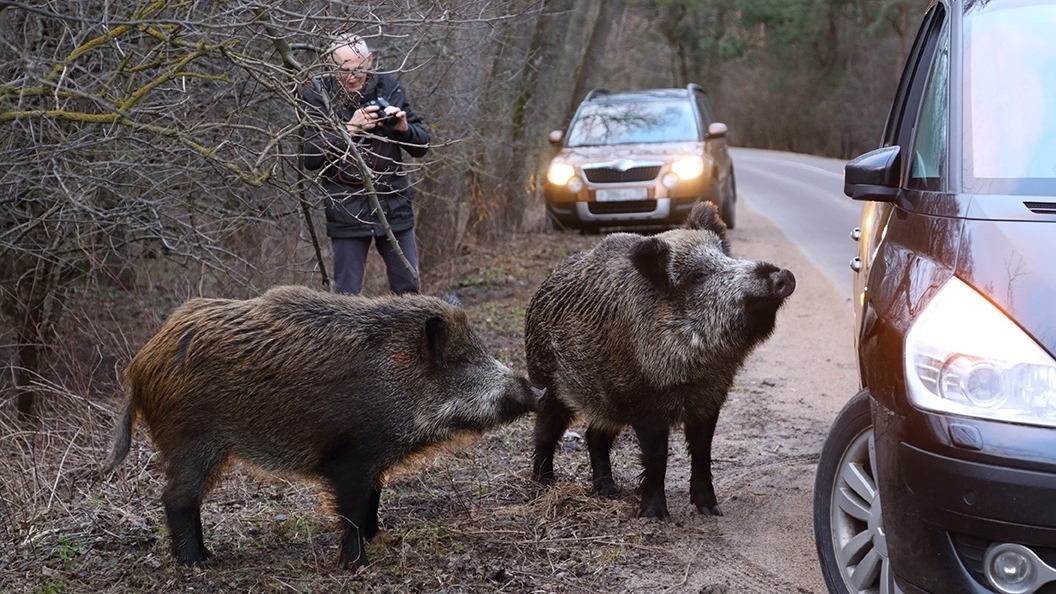Importing Camelids (Camels, Llamas, Alpacas and Guanacos) into the United States

USDA APHIS regulates the importation of all ruminants and their germplasm (embryos/oocytes, semen, cloning tissue) to prevent the spread of animal diseases. Ruminants include all animals which chew the cud, such as cattle, buffaloes, sheep, goats, deer, antelopes, camels, llamas and giraffes.
Farmed camelids may only be imported from the countries listed on this page.
Live Camelids
Australia; a permit and export health certificate are required.
- Protocol Farmed Camelids from Australia (306.67 KB) - 2020
Canada
- Protocol Domestic Camelids from Canada (335.16 KB) - 2020
What You Need To Know
- U.S. transits are classified as shipments presented to a U.S. port of entry for conveyance purposes to then be transported to a destination country shortly after.
- Please note that any animals and their germplasm transiting the United States must not transit countries with questionable disease statuses prior to reaching a U.S. port of entry.
- All transits require a contingency plan. Submit your contingency plan with your permit application (VS 17-129 (211.74 KB)) to laipermits@usda.gov. To submit an import permit electronically, visit APHIS eFile.
- If you are applying to import live animals, semen, and embryos, you may submit applications by email to laipermits@usda.gov.
Contact Us
Live Animal Imports
For questions about import permits or permit applications:
Live Animal Import Permit Team
Email: laipermits@usda.gov
Phone: 301-851-3300
For general questions related to the import of a live animal:
Live Animal Import and Export
Email: laie@usda.gov
Phone: 301-851-3300

